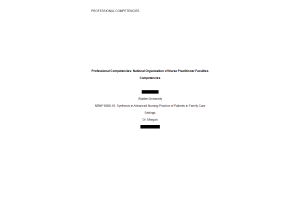NRNP 6568 Week 7 Comprehensive Practice Questions (All Correct)
- $29.00
- Question: Sam is a 19 y/o male who comes to the clinic with a chief complaint of several weeks of fatigue and non-productive paroxysmal coughing. He initially had a sore throat, some rhinitis, and low-grade fever. Potential organisms that might have caused Sam’s condition include which of the following:
- Question: The most common method of contraception is:
- Question: Juan, an 82 y/o male, is brought to the clinic by his daughter with LLQ pain, anorexia, nausea, and vomiting. Palpation of the abdomen reveals a positive rebound tenderness, positive Rovsing’s sign, and rigid abdomen. The NP in Juan’s case should:
- Question: Artie is a 21 y/o male who comes to the clinic with a chief complaint of paroxysmal coughing without an apparent cause. He states that this has been going on for about 15 days. He initially had a mild fever and a runny nose. First-line treatment for Artie would include macrolides.
- Question: Mary is a 22 y/o female who is at 6 weeks gestation. She stated that her last menstrual period was June 10, 2020. Using Naegele’s rule, which of the following is her expected date of confinement (EDD)?
- Question: The CDC recommends HPV vaccine for males until what age?
- Question: Andre is a 52 y/o construction worker who stayed home today because he was having severe chest pain. His wife calls the clinic and describes his symptoms as: squeezing chest tightness, with pain that radiates to the left side of his neck, jaw, and left arm. The NP’s immediate response should be to tell the wife:
- Question: In pulsus paradoxus, even if the pulse cannot be palpated, it can still be heard by using a BP cuff and stethoscope.
- Question: Randy is a 29 y/o African American male who has a body mass index (BMI) of 30, does not exercise, and has evidence of metabolic syndrome. The first line treatment for Randy’s diagnosis would be:
- Question: All of the following are characteristics of Kleinfelter syndrome in a male except:
- Question: Martin is a 41 y/o male who comes to the clinic with the following symptoms: fever, chills, and malaise. On physical exam, the NP notes that he has a new murmur that was not present at his last visit and is aware that he has a prosthetic valve. He also has splinter hemorrhages on his nails, and petechiae on his palate. Based on these finding alone the NP arrives at the following presumed diagnosis:
- Question: Andreas is a 22 y/o male who comes to the clinic with a UTI. In reviewing the labs that were drawn yesterday, you know that there are many squamous epithelial in the specimen. This indicates:
- Question: The most common drug trigger for Stevens-Johnson Syndrome include all the following except:
- Question: Agnes is a 26 y/o female who comes to the clinic with intermittent episodes of moderate to severe cramping in the LLQ. She has bloating that is relieved with defecation. Treatment of
- Question: Andy comes to the clinic with a chief complaint of knee pain. He states that he plays quarterback on his high school football team and is captain of his basketball team. You palpate the tibial tuberosity and note pain, tenderness, and swelling. The most likely diagnosis is:
- Question: John is 17 y/o and decides to marry his high school sweetheart. Under what condition(s) would he be declared an “emancipated minor?”
- Question: Jeremy is suffering from chronic alcohol abuse. His symptoms include mental confusion, ataxia, stupor, and hypotension. The most likely diagnosis for these symptoms is:
- Question: According to the CDC, an infant can start receiving live attenuated vaccine at 6 months of age.
- Question: Hillary is an 18 y/o Caucasian who comes to the clinic with a chief complaint of hirsutism, acne, and amenorrhea. Her most likely diagnosis is:
- Question: Judy, a 28 y/o, presents to the clinic with a fever, vaginal discharge, and pain in the lower abdomen, pelvis, and lower back. These symptoms are accompanied by chills, nausea, and vomiting. Treatment for Judy’s condition would include all the following drugs except:
- Question: The CDC recommends that after a child receives a vaccine (s)he should be monitored for:
- Question: Judy, a 28 y/o, presents to the clinic with a fever, vaginal discharge, and pain in the lower abdomen, pelvis, and lower back. These symptoms are accompanied by chills, nausea, and vomiting. This presentation is most typical of:
- Question: Pneumococcal vaccine is recommended for which of the following groups of patients?
- Question: The most common side effects of giving SSRIs to depressed patients include:
- Question: Ann is a primigravida in her 35th week of pregnancy and presents to the clinic with severe recurrent headaches, blurred vision, pitting edema, and right upper quadrant pain. Additionally, she has oliguria, nausea, and vomiting. Her urine protein is >1+. The only treatment for Ann would be:
- Question: All of the following are considered macular lesions except:
- Question: Which of the following vaccines are contraindicated in pregnancy?
- Question: Sara is a 38 y/o multipara who is in her 6th–7th month of pregnancy with her fourth child. She has a new onset of vaginal bleeding that is worsened by intercourse. On external physical exam, you note that her uterus is soft and non-tender to palpation. If Sara started having uterine cramping, then the most appropriate immediate treatment would be:
- Question: Wen is a 48 y/o female who comes to the clinic with fatigue, weight gain, cold intolerance, constipation, and menstrual abnormalities. The NP orders a TSH and free serum T4 and thyroid peroxidase antibody (TPO). The TSH is 6.0 mU/L, the T4 is low, and the TPO is high. Her most likely diagnosis is:
- Question: Artie, a 36 y/o male, comes to the clinic with chief complaint of: intermittent flank one side flank pain. The pain is an 8 on a scale of 1–10, with 10 being the worst pain he has ever felt. He states the pain lasts from 20–60 minutes and that he must either stand or walk when the pain hits. He also notes that he has blood in his urine. His most likely diagnosis is:
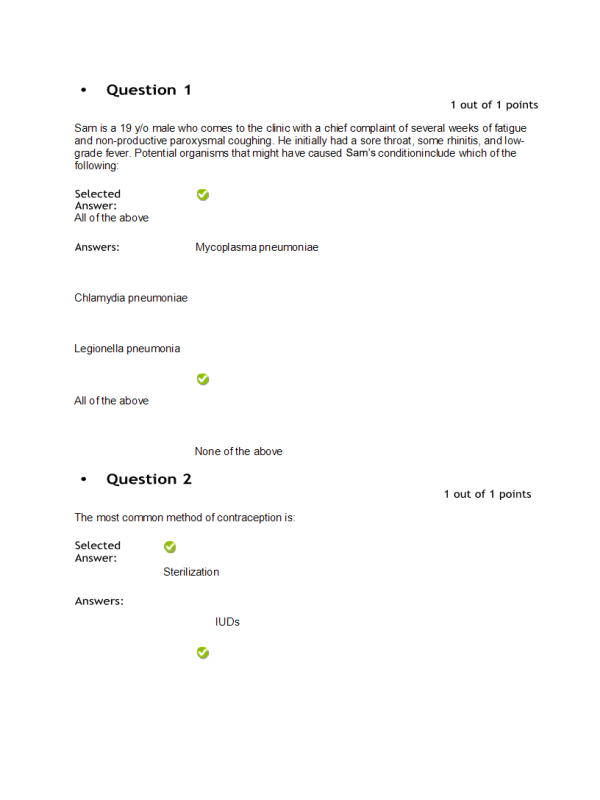
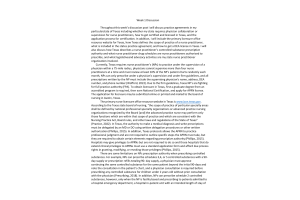
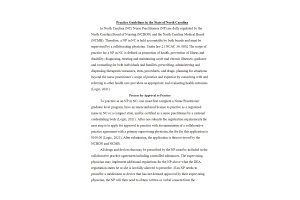
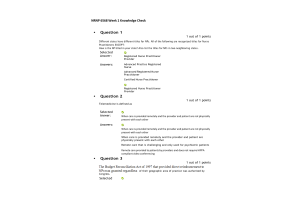
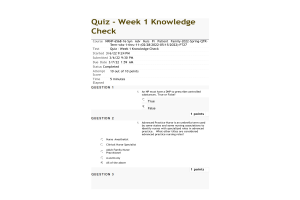
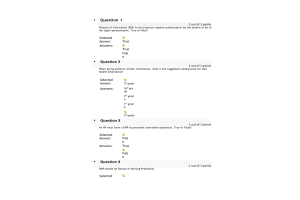
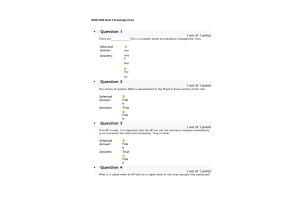
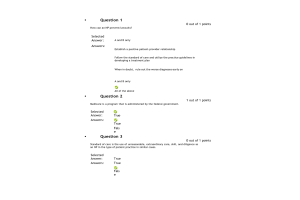
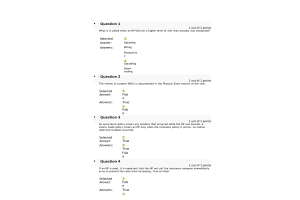


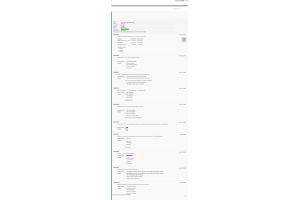
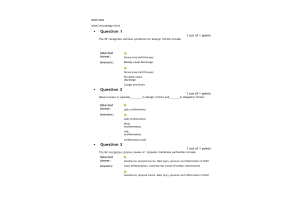
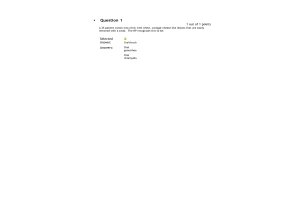
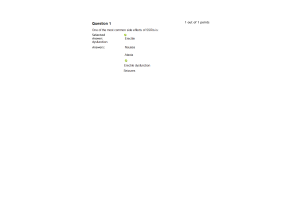
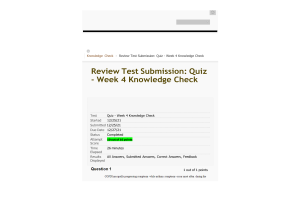
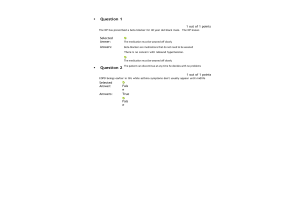
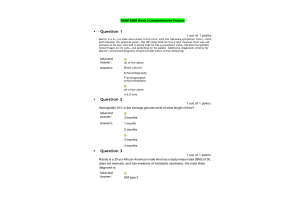
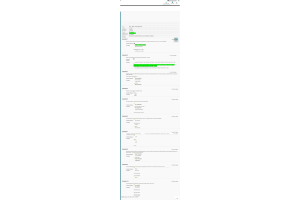
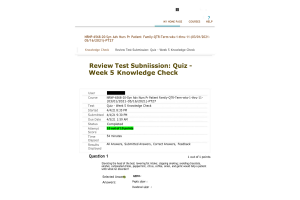
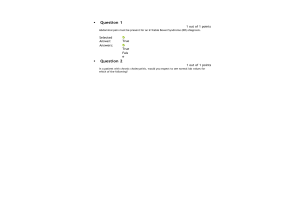
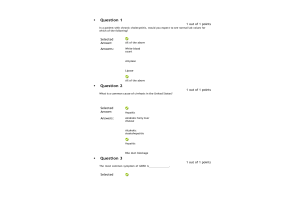
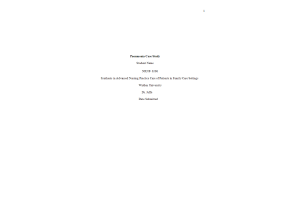
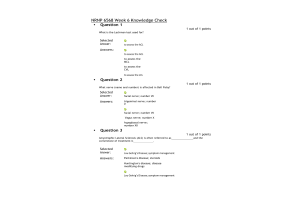
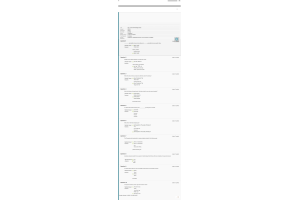
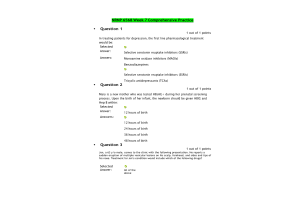
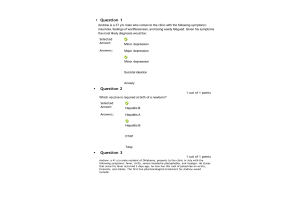
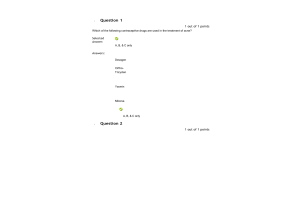
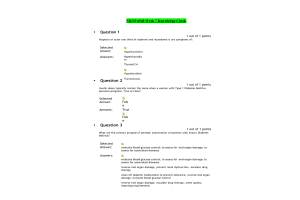
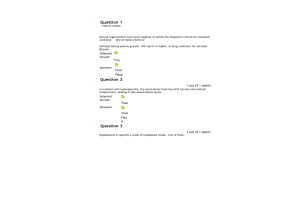
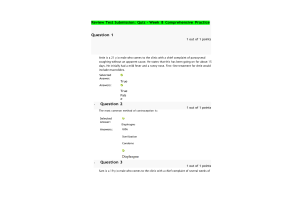
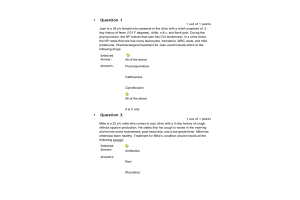
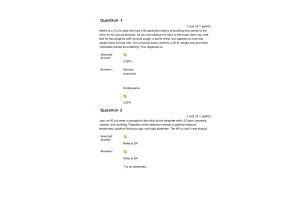
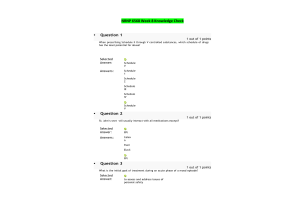
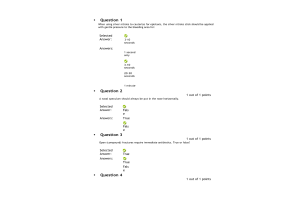
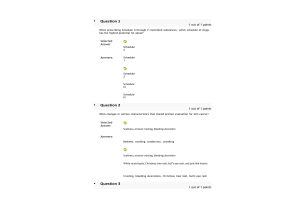
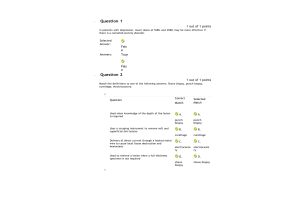


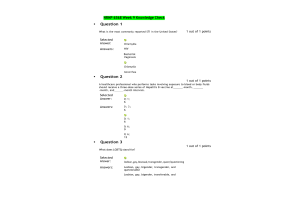
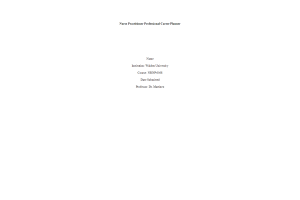
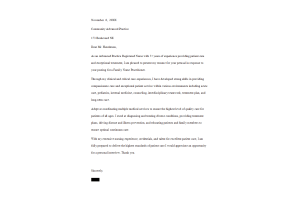
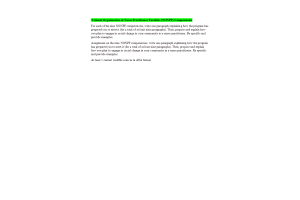



-300x200.png)


